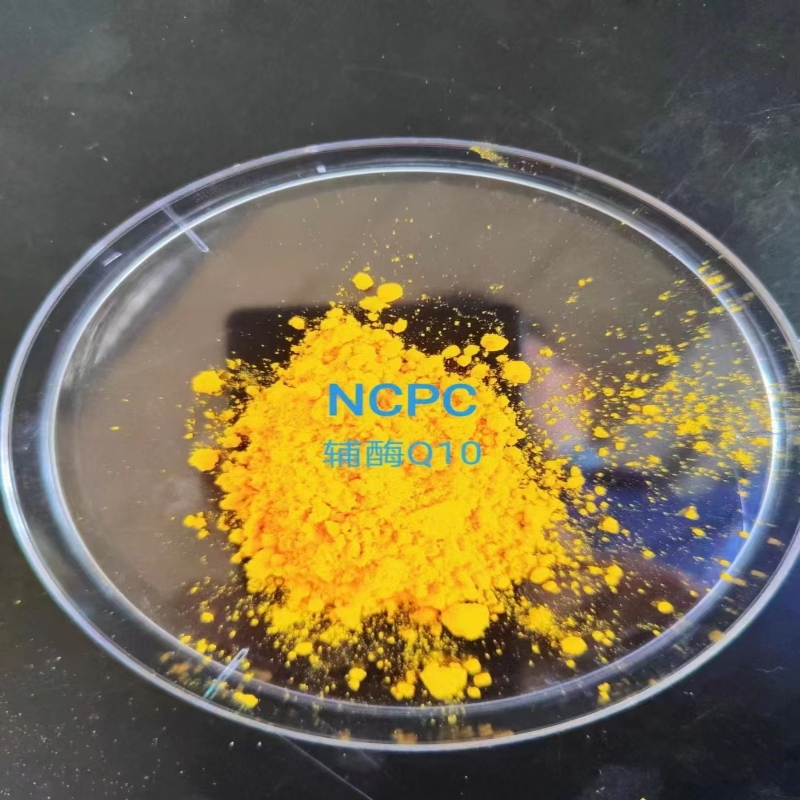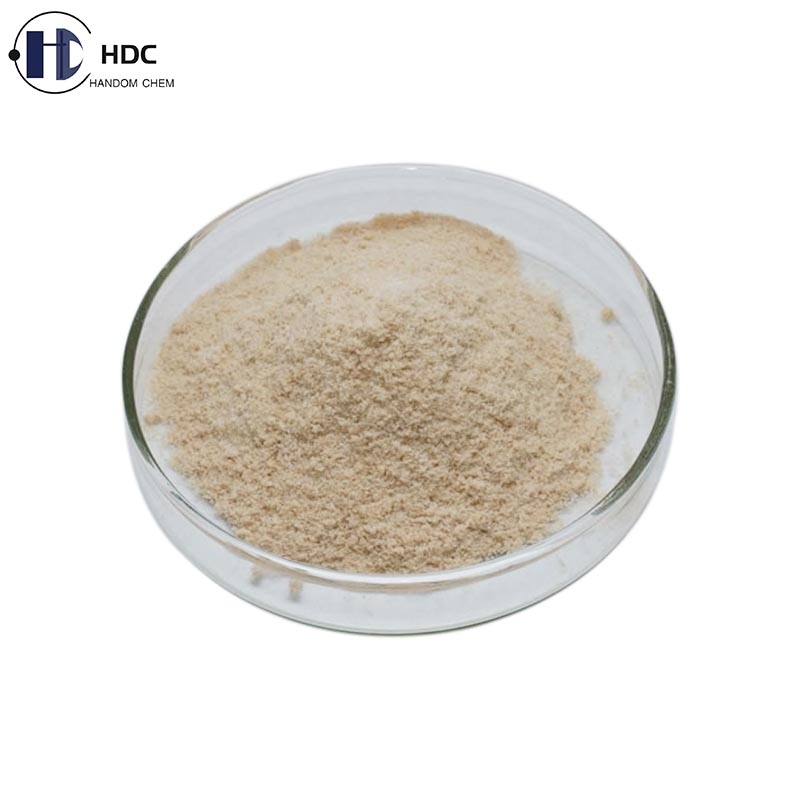Cell Journal: this enzyme is expected to become a new target of anti-aging
-
Last Update: 2017-03-21
-
Source: Internet
-
Author: User
Search more information of high quality chemicals, good prices and reliable suppliers, visit
www.echemi.com
Recently, scientists at Kumamoto University in Japan have discovered an enzyme that prevents cell aging and its mechanism of action They found that when the level of setd8, an enzyme that regulates cell proliferation and gene transcription, is lowered, it can lead to cell senescence The results were published in cell reports, a recent subsidiary of cell In vivo, many types of cells will eventually stop proliferation with the decrease of their ability to divide, that is, cell aging, which is considered to be an important factor related to human aging process and life span Although some consequences of cell aging are known, the mechanism is still not well understood Certain harmful factors contribute to cell aging When genomic DNA is damaged by physical factors (such as radiation) or chemicals acting on DNA, stress-induced cell aging will occur In addition, cell aging may occur when the cell begins to turn cancerous to prevent cancer Unfortunately, people are more likely to get sick as they get older, which makes it important to properly control this particular cell function Senescent cells often have fat and flat morphology, and lose the ability of proliferation However, aging cells are not inactive In recent years, aging cells have been found to secrete a variety of proteins, sometimes by acting on surrounding cells to promote chronic inflammation and cancer Cell aging is considered to be the cause of systemic aging It has been reported that the systemic senescence can be inhibited when the senescent cells of mice are removed In other words, if we can regulate cell aging, it is also expected to control systemic aging ▲ proliferating (left) and aging (right) human fibroblasts (picture source: Clinical & translational Oncology) team of Kumamoto University studies the mechanism of cell aging from the perspective of epigenetics They took human fibroblasts cultured in vitro as the experimental objects, looking for factors related to aging, and found that setd8 enzyme can regulate the process of cell aging Setd8 is a methyltransferase that methylates the 20th lysine site (h4k20) on histone H4 Normal cells stop proliferating after dividing many times, that is to say, proliferative senescence occurs In addition, when proto oncogenes are activated, cell aging may also occur to prevent canceration, that is, the aging induced by proto oncogenes The researchers found that when these two aging processes occur, the level of setd8 enzyme activity in the cells significantly decreased When they used RNA interference to knock out the setd8 gene in human fibroblasts, they would induce typical cell aging characteristics, such as slow cell proliferation In addition, the use of drugs to inhibit the activity of setd8 can also induce similar cell aging process In other words, setd8 can prevent cell aging ▲ the regulation of setd8 enzyme on cell aging (photo source: cell reports) Then, the researchers comprehensively analyzed the changes of gene expression in aging cells when the activity level of setd8 enzyme decreased The results showed that the expression of genes involved in cell senescence increased significantly, especially the genes of ribosome protein and RNA related to protein synthesis, and the genes of protein inhibiting cell proliferation This suggests that setd8 promotes protein synthesis and growth arrest in senescent cells through gene expression regulation In addition, aging cells need a large amount of energy supply to maintain their cell functions, including protein synthesis and secretion Previous studies have shown a significant increase in energy production in mitochondria of senescent cells In this work, the researchers found that mitochondrion activity was regulated by setd8; in the cells whose setd8 activity level was down regulated, nucleolus and mitochondrion developed significantly, and oxidative phosphorylation in mitochondrion increased Therefore, cell aging and its corresponding metabolic activities can be promoted by the down regulation of setd8 This study shows that setd8 can prevent cell aging The results will help to understand the mechanism of aging and guide the development of ways to control cell aging Reference [1] the setd8 / pr-set7 methyltransfer functions as a barrier to prevent sensence associated metallic removing [2] cellular sensence prevented by the setd8 envy
This article is an English version of an article which is originally in the Chinese language on echemi.com and is provided for information purposes only.
This website makes no representation or warranty of any kind, either expressed or implied, as to the accuracy, completeness ownership or reliability of
the article or any translations thereof. If you have any concerns or complaints relating to the article, please send an email, providing a detailed
description of the concern or complaint, to
service@echemi.com. A staff member will contact you within 5 working days. Once verified, infringing content
will be removed immediately.







